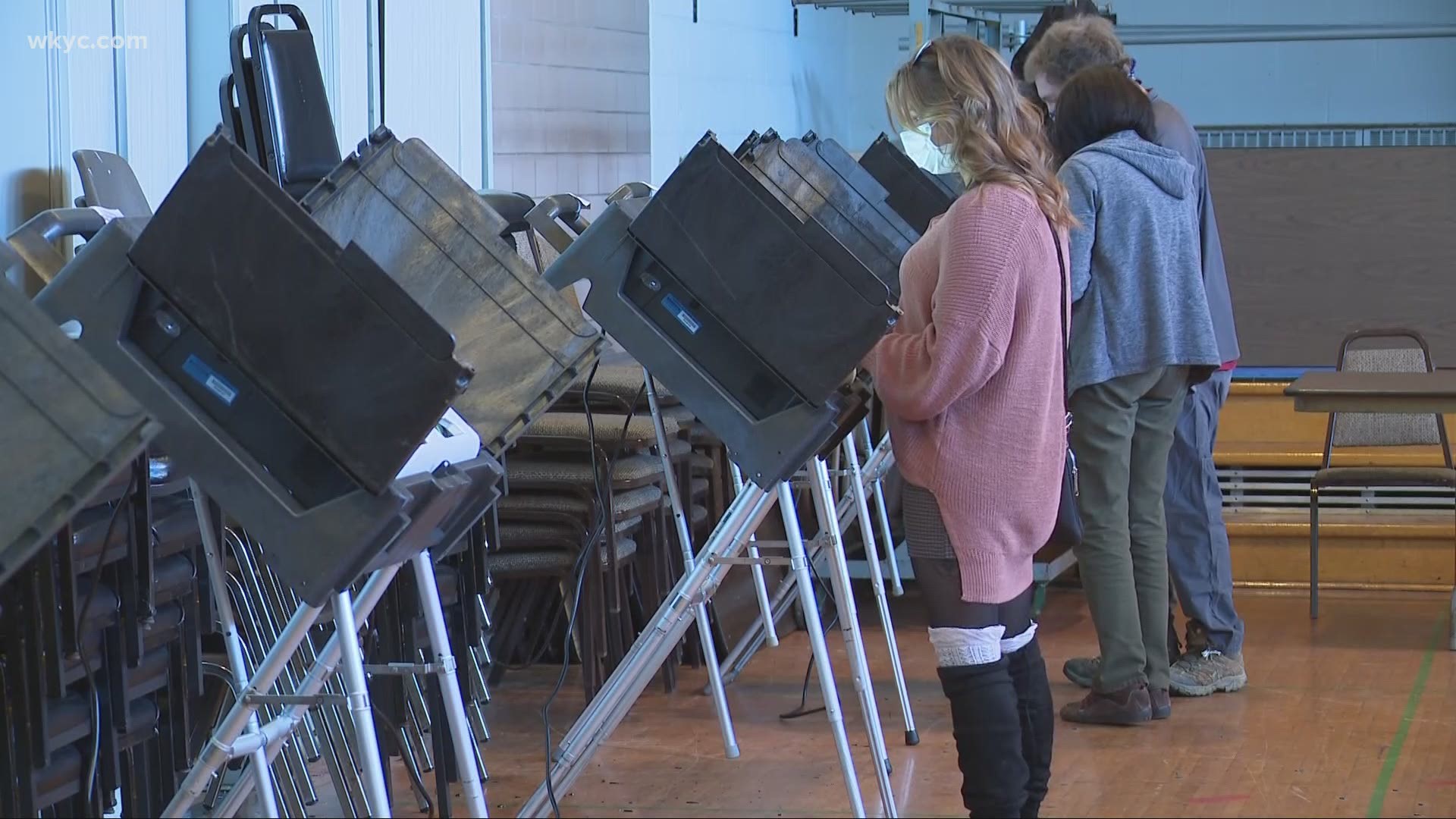OHIO, USA — The vast majority of polls didn’t perfectly predict the outcome of the presidential election.
“The polls definitely underestimated Donald Trump’s power, particularly, I think, in rural America,” says Ohio Northern University Political Science Professor, Dr. Robert Alexander.
“It does appear Joe Biden will do better across the country, which the polls were saying, but some of those polls were eight, nine percent victory, that’s not going to happen, I was never a believer in any of those particular polls.”
Case Western Reserve University Law Professor, Dr. Jonathan Entin says he doesn’t have a good explanation for what went wrong, "But it’s clear that the polls did not accurately capture what was happening."
"It’s possible that what’s really going on here, is there’s something about the current moment that makes it really hard for polls to get accurate indications of what people are thinking," Entin said.
Entin believes the failure of the polls this year will have an impact. “[It] will make a lot of people, and I don’t just mean ordinary citizens, but I think even a lot of political activists a lot more skeptical about polls than they might have been in the past.”
It's important though not to put too much weight into these polls. Even well-designed surveys will be wrong some of the time because of the laws of probability, says Entin.
“I think we have a lot of different factors here, it’s probably too soon to have confidence in any one-single explanation,” the CSU professor says, "the real lesson here is that the poll is just the estimate, what counts is the vote.”
Alexander says these polls are a snapshot in time.
“They’re simply where people are at and what they say that they’re going to do,” he explains. “Every single public opinion poll has a margin of error and that’s something that a lot of people do not pay attention to.”
RELATED: How are you feeling today? Northeast Ohio deals with stress and anxiety over current election status
“If anything, I think, we need to condition ourselves in the interpretation of the polls more than the polls themselves,” says Alexander.
Experts say it's also difficult to model during a high turnout election and in the midst of a pandemic.

